The universe is ringing with gravity, but humanity is only just beginning to hear the nuance of this cosmic symphony.


The universe is ringing with gravity, but humanity is only just beginning to hear the nuance of this cosmic symphony.

The brain activities of two people who learn fear from each other are known to be in sync, but what role does social status play?
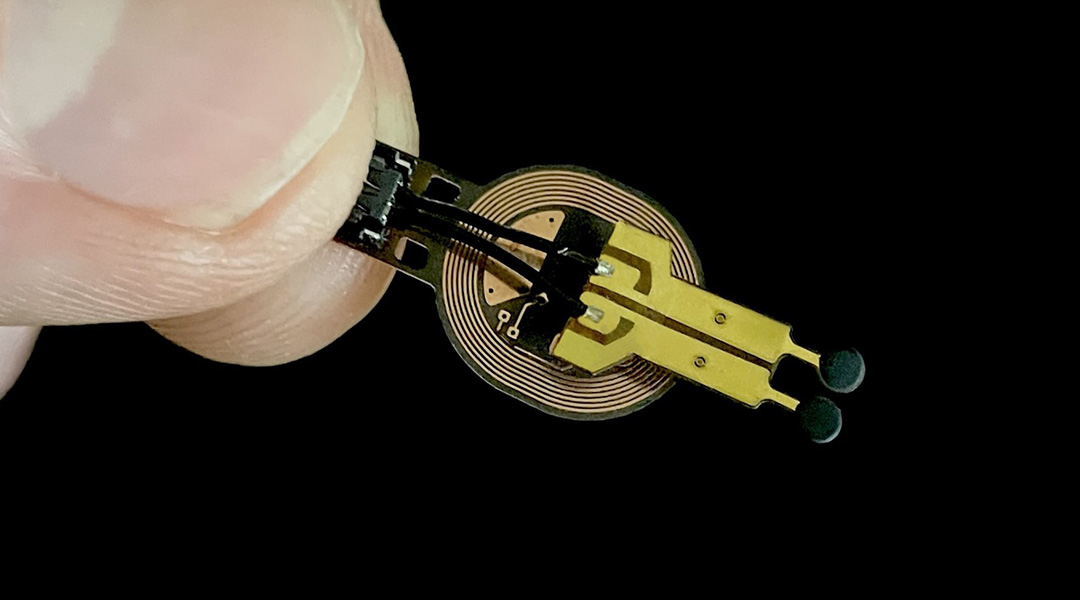
Scientists develop a sensor that predicts wound healing rate with more than 70% accuracy.
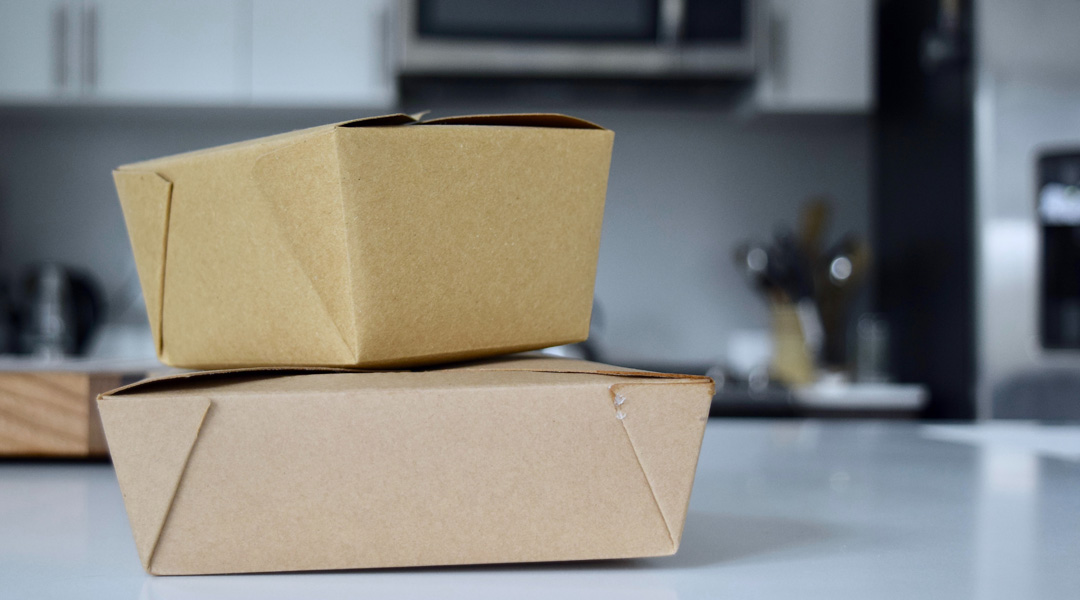
A new device can detect Salmonella on individual products in real-time and with minimal need for laboratory equipment or specialized operators.
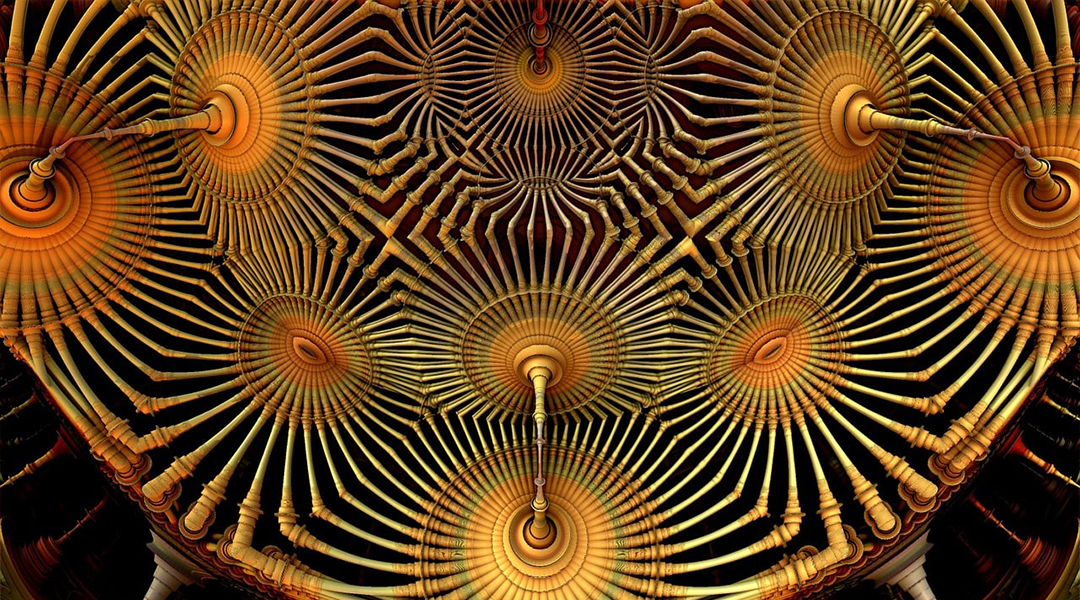
A new type of superconductor may just be what physicists have been searching for over the past 40 years.
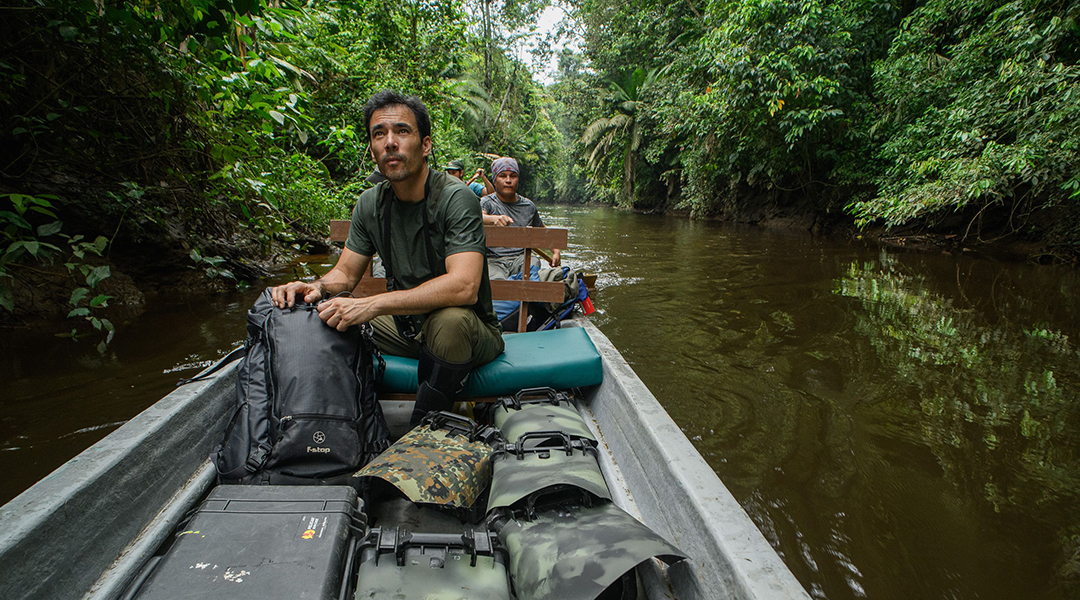
Not just pretty pictures: Borneo-based wildlife photographer and conservationist Chien Lee has a deeper message.
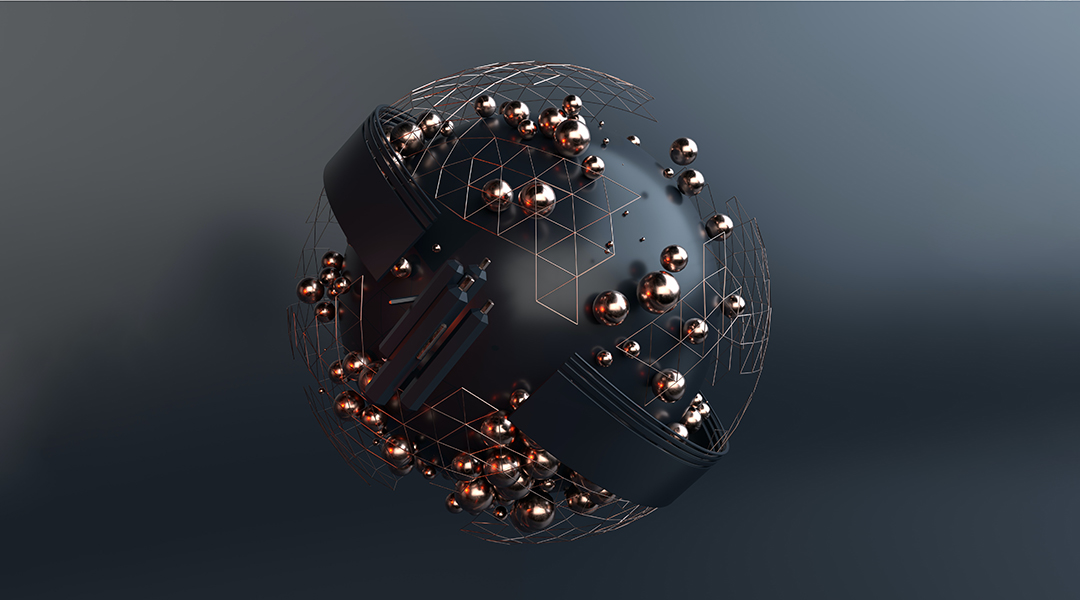
Two well-known, abundant, and low-cost materials are finding new life in grid-scale energy storage and sustainable water splitting technologies.
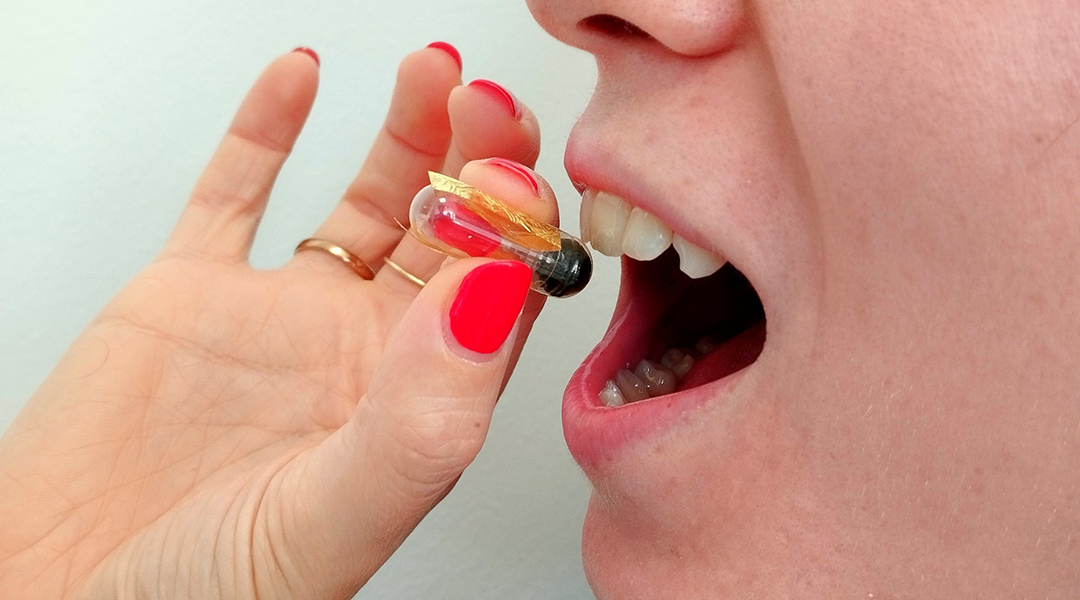
A partially edible robot based on a fully edible sensor addresses the burden of electronic waste while simultaneously acting as a nutrition source.

Turbulence is hard to control, but a turbulent blob created using vortex rings provides fundamental insights into this elusive state of matter.

From holographic sound waves to nanobelt haystacks, this gallery gives a renewed appreciation for scientific exploration.